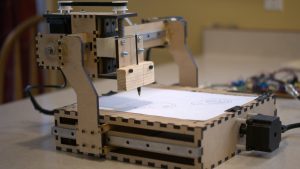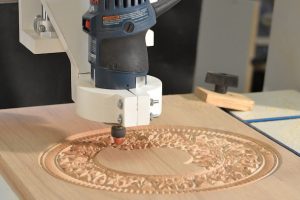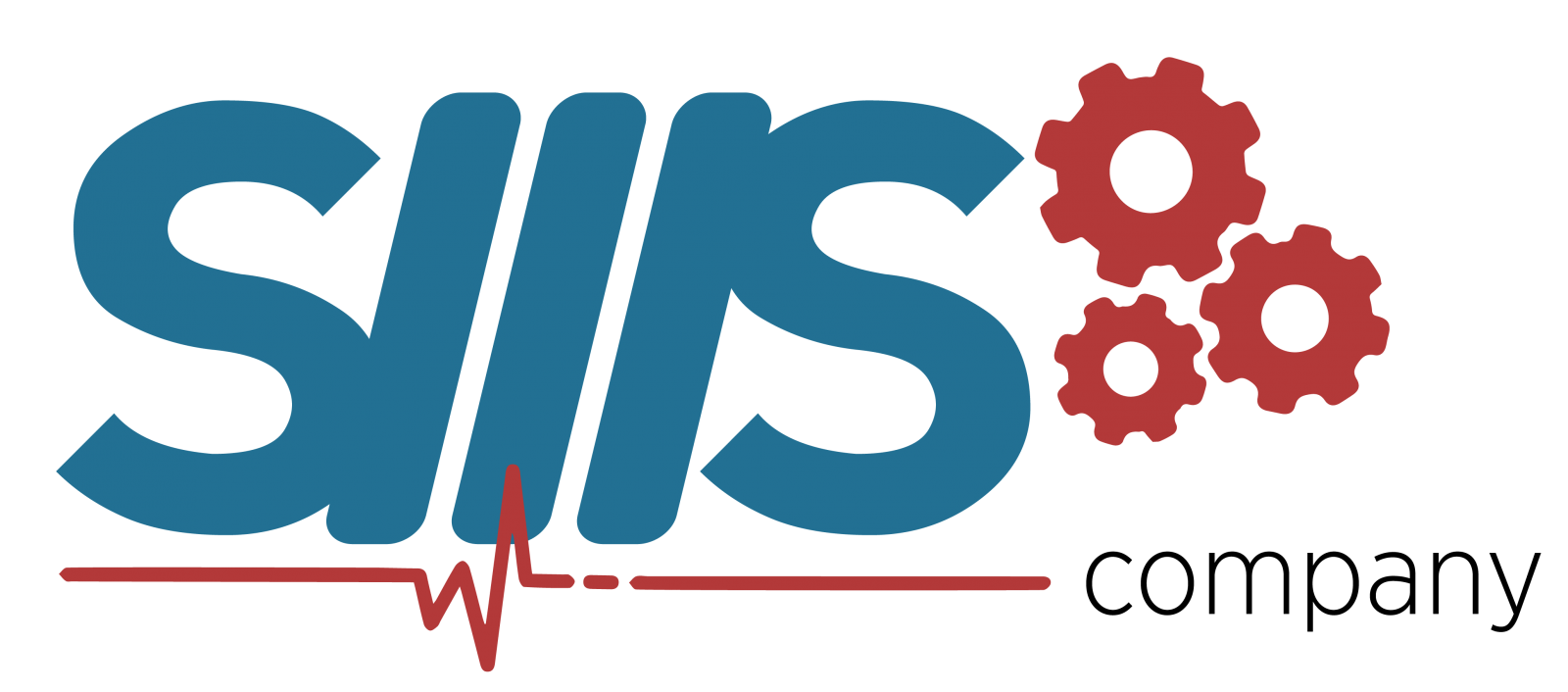CNC milling is a specific form of computer numerical controlled (CNC) machining.
Milling itself is a machining process similar to both drilling and cutting, and able to achieve many of the operations performed by cutting and drilling machines. Like drilling, milling uses a rotating cylindrical cutting tool.

However, the cutter in a milling machine is able to move along multiple axes, and can create a variety of shapes, slots and holes. In addition, the work-piece is often moved across the milling tool in different directions, unlike the single axis motion of a drill.
CNC milling devices are the most widely used type of CNC machine. Typically, they are grouped by the number of axes on which they operate, which are labeled with various letters. X and Y designate horizontal movement of the work-piece (forward-and-back and side-to-side on a flat plane). Z represents vertical, or up-and-down, movement, while W represents diagonal movement across a vertical plane. Most machines offer from 2 to 5 axes, providing performance along at least the X, Y and Z axes. Advanced machines, such as 5-axis milling centers, require CAM programming for optimal performance due to the incredibly complex geometries involved in the machining process.
These devices are extremely useful because they are able to produce shapes that would be nearly impossible using manual tooling methods. Most CNC milling machines also integrate a device for pumping cutting fluid to the cutting tool during machining.
Computer numeric controlled machining centers are used to produce a wide range of components, and tooling costs involved have continued to become more affordable. In general, large production runs requiring relatively simple designs are better served by other methods, although CNC machining can now accommodate a wide range of manufacturing needs.
CNC milling centers are ideal solutions to everything ranging from prototyping and short-run production of complex parts to the fabrication of unique precision components.


 Cart is empty
Cart is empty